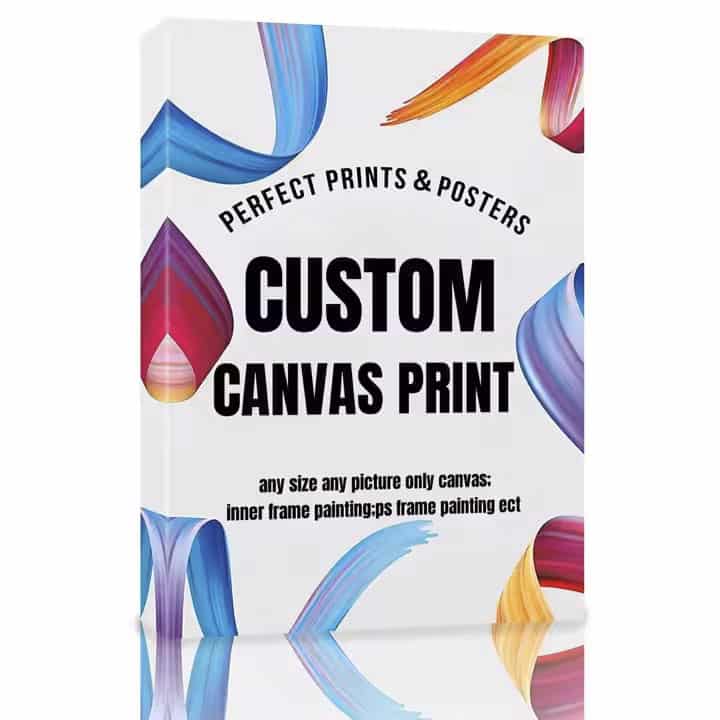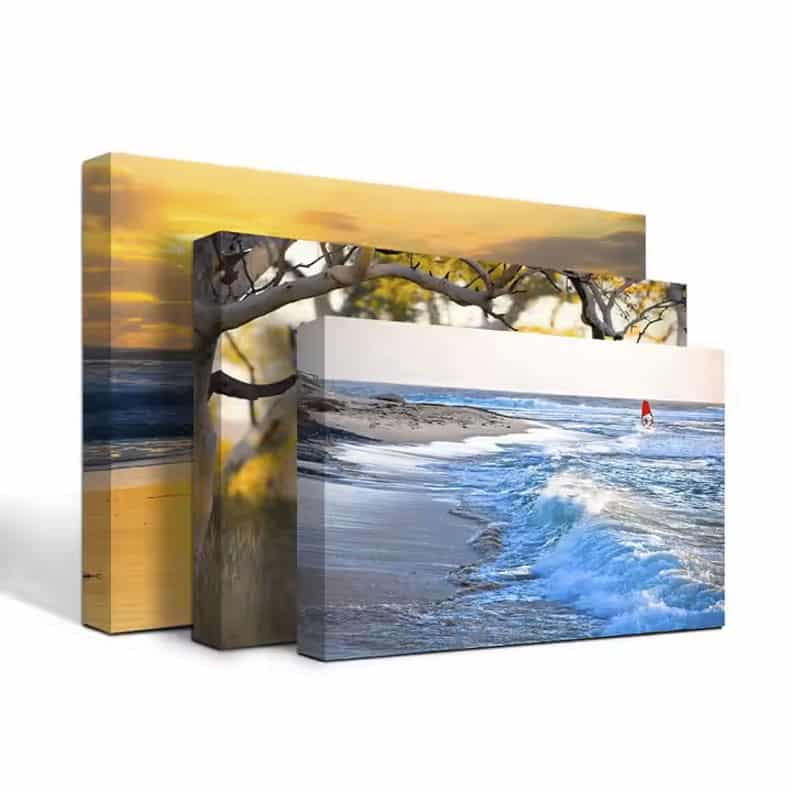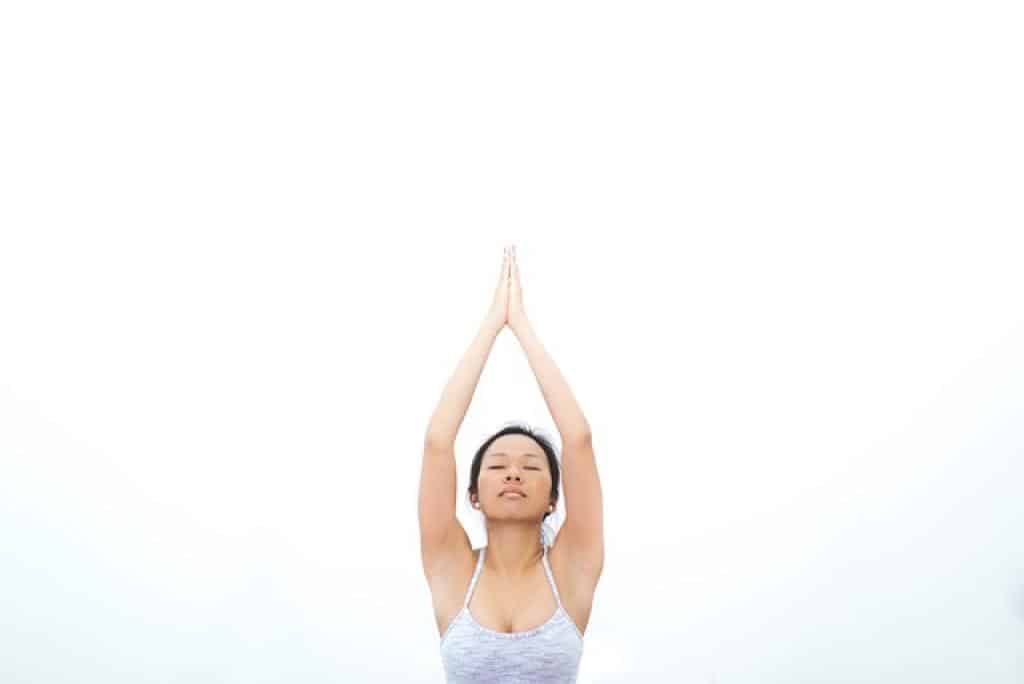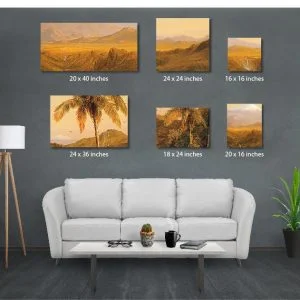There's something truly magical about a perfectly stretched canvas, ready to bring your artistic visions to life. Whether you're a seasoned painter or just diving into the world of art, mastering the skill of stretching canvas is essential.
Imagine consistently having a smooth, taut surface to paint on, making every brushstroke count. No more frustrating wrinkles or loose fabric disrupting your creative flow!
Ready to unlock the secrets of stretching canvas like a pro? Let’s dive in and explore some tried-and-true techniques that will transform your preparation process and elevate your artwork.
Choosing the Right Canvas Material for Your Artwork
The first step in mastering canvas stretching is picking the perfect canvas material. Your choice can significantly affect the end result of your creation.
Cotton and linen are the most popular options. Cotton canvas is budget-friendly, durable, and great for beginners. It has a consistent weave and is readily available in various weights.
Linen, on the other hand, is the go-to for many professional artists. It's more expensive but offers unmatched quality, durability, and a fine, smooth texture perfect for detailed work.
Consider the weight or "ounce" of the canvas. Heavier canvas (like 12-15 oz) is sturdier and suitable for larger pieces, while lighter canvas (like 7-10 oz) is easier to stretch and ideal for smaller works.
Primed or unprimed? Primed canvas is pre-coated with gesso, saving you time and providing an excellent surface for painting. Unprimed canvas gives you control over the preparation process, allowing for personal touches.
Evaluate your artistic needs and budget, then select the canvas that aligns with your vision. Once you have the perfect material in hand, you're well on your way to creating a masterpiece on a professionally-stretched canvas!

Preparing Your Canvas for Stretching
Before you start stretching, it's important to prepare your canvas properly to ensure a smooth process and a polished end result.
First, measure and cut your canvas, giving yourself a few extra inches on each side. This extra fabric will help when you stretch and staple it to the frame.
Next, dampen the canvas slightly using a spray bottle with clean water. This step makes the canvas more pliable and easier to stretch over the frame. Don’t soak it—just a light mist is enough.
Lay the canvas flat on a clean surface, ensuring there are no creases or wrinkles. This will help you achieve a smooth, even stretch.
Take your wooden stretcher bars and assemble them to form the frame. Ensure the corners are square and the frame is sturdy.
Now, you’re ready to attach the canvas to the frame. Begin by placing the frame in the center of the canvas, making sure there’s enough fabric on all sides to wrap around the bars.
Preparing your canvas properly sets you up for a successful stretching experience. It might seem like a lot of steps, but each one ensures your final artwork has a professional finish.
Step-by-Step Guide to Properly Stretching a Canvas
Alright, let’s dive into the actual stretching part! This step-by-step guide will help you get a perfect, taut canvas every time.
Start by securing one side of the canvas to the frame. Use a staple gun to attach the midpoint of the fabric to the wooden bar. Repeat this step on the opposite side, pulling the canvas tight before stapling.
Move on to the other two sides, again securing the midpoints with staples. Always pull the canvas snug but not overly tight to avoid tearing or warping.
Working the Corners
Now, work your way out from the center staples, alternating from one side to the opposite side. Add a staple every couple of inches, pulling the canvas firmly as you go. This ensures even tension across the surface.
When you reach the corners, fold the excess fabric neatly and secure it with staples. A tight, clean fold at the corners keeps your canvas looking sharp and professional.
Final Touches
Once all sides and corners are secure, flip the canvas over and inspect your work. If you notice any loose spots, add a few more staples to tighten the fabric.
Finally, trim any excess fabric from the back and double-check that the canvas is evenly stretched. Now you’re ready to prime and paint on a perfectly prepped surface!
And there you have it—a neatly stretched canvas ready for your next masterpiece. Happy painting!
Ensuring Proper Tension and Alignment
Getting the right tension and alignment is crucial for a canvas that stands the test of time. Here’s how you can make sure everything is just right.
First, as you staple the canvas, always check that the fabric is evenly pulled. Uneven tension can cause ripples, which may affect your painting surface. To avoid this, staple from the center outwards, as mentioned earlier, and consistently pull the canvas tight but not overstressed.
Next, alignment is key. Before you start stapling, take a moment to ensure the canvas is straight on the frame. Look at the weave of the fabric; it should line up with the edges of the stretcher bars. Misalignment can lead to a distorted final piece.
As you progress with your stapling, stand up frequently and take a step back. Look at the canvas from a distance to spot any misalignment early. This can save you from having to redo the whole process later on.
Finally, once your canvas is fully stretched, check the tautness by tapping the surface lightly. It should give a drum-like sound. If it feels too loose, add more staples in the loose areas and adjust as necessary.
By paying attention to tension and alignment, you’re setting the stage for a smooth, enjoyable painting experience. Happy creating!
Caring for Your Stretched Canvas Artwork
You've successfully stretched your canvas and it's all ready for your masterpiece. But how do you make sure it stays in top shape over time? Let’s break down some easy care tips.
Firstly, avoid direct sunlight. UV rays can fade colors and weaken the fabric, so it’s best to display your artwork away from windows or use UV-protective glass if framing is involved.
Dust it regularly. A soft, dry cloth is all you need to gently wipe away dust that can accumulate over time. For tougher spots, a slightly damp cloth will do, but be careful not to oversaturate the canvas.
Temperature and humidity matter. Extreme changes can cause the canvas to expand or contract, which might loosen the fabric or cause warping. Keep your artwork in a stable environment, avoiding areas like basements and attics.
If you ever notice the canvas sagging, there are tricks to re-tighten it. You can use a canvas re-tensioner or lightly mist the back with water. As it dries, the fibers tighten up, restoring that drum-like tension you achieved earlier.
Lastly, handle with care. Always hold the frame, not the canvas, when moving your artwork. This prevents any accidental poking or stretching of the fabric.
Taking these simple steps will ensure your stretched canvas stays in great condition, allowing your art to shine for years to come. Happy painting!
The Bottom Line: Perfecting Your Canvas Stretching Technique
Perfecting your canvas stretching technique might seem like a challenge at first, but with a bit of practice and patience, it becomes second nature. Remember, the key steps are choosing good quality materials, preparing your canvas, and stretching it evenly across the frame.
It’s important not to rush the process. Take your time to ensure each staple is placed correctly and the canvas is pulled just right – not too loose, not too tight. Consistency is key for a smooth, professional finish.
Also, don’t forget to take care of your stretched canvas afterward. Keeping it away from direct sunlight, dusting regularly, and handling it carefully will keep it looking pristine for years.
The beauty of mastering this technique is the freedom it gives you. When you can stretch your canvas confidently, you're not limited by pre-stretched options. You can create custom sizes and experiment with different types of canvas and frames, truly tailoring your art to your vision.
In short, learning how to stretch your own canvas is a skill worth investing in. It adds a personal touch to your artwork, enhances its quality, and shows that you care about every detail of your creation.
So, gather your supplies, practice those techniques, and soon you’ll find yourself stretching canvases like a pro. Happy creating!
Image Square Printing












